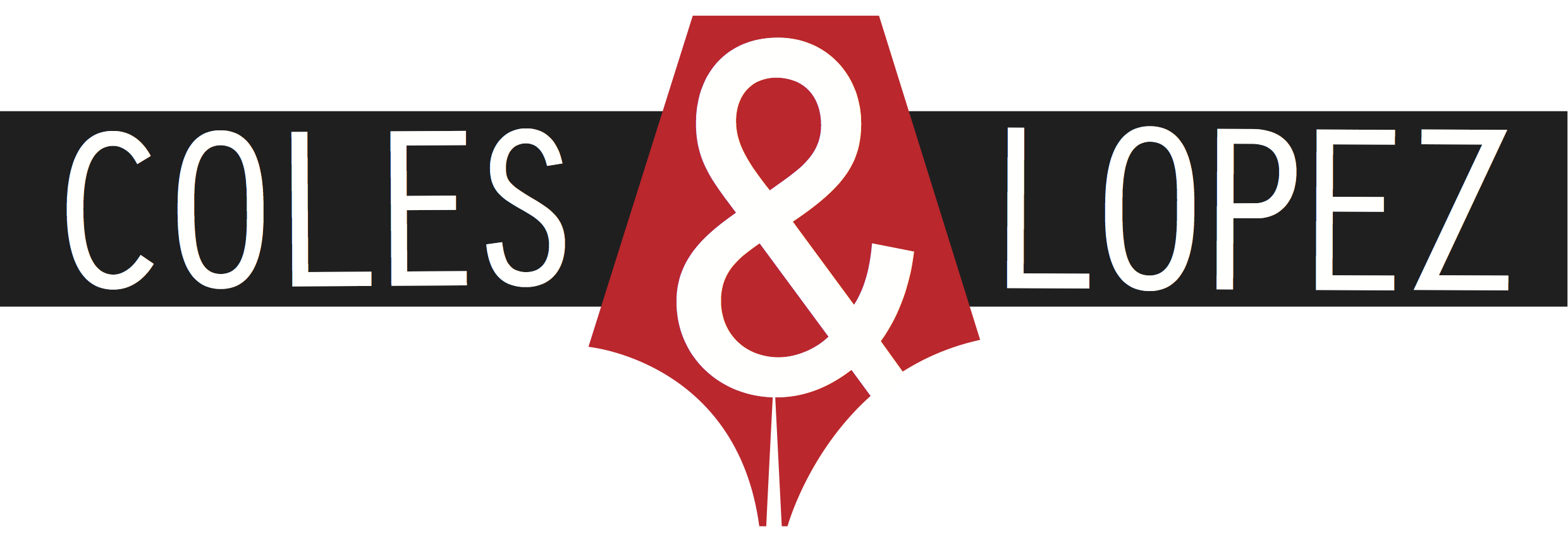Controversy here, there(,) and everywhere
When we started this blog, almost a year ago, I asked all the other grammar fiends in my life for topic suggestions. One of them replied, “You should write about the Oxford comma.” “And why it . . . shouldn’t be used?” I ventured. “Ugh, no! Why it should be used, of course,” he said. I could tell he had passionate feelings about the issue, so I thanked him for the suggestion and left it at that.
The reason I haven’t written about the Oxford comma until now is that, unlike every other editor in the world, I don’t have a strong opinion about it either way. But it is worth talking about, I’ve decided, since it seems to be the single most polarising grammar issue in the English language. So here goes.
What is the Oxford comma?
The Oxford comma, also called the serial comma, is a comma inserted before the final item in a list. This sentence uses an Oxford comma:
My favourite shirt is pink, green, and white.
And this one doesn’t:
My favourite shirt is pink, green and white.
Neither one is wrong; it’s just a style choice. Plenty of publishers/writers use the Oxford comma (including Oxford University Press, hence the name). Plenty don’t. Yet all seem convinced that their way is superior.
The case for
Proponents of the Oxford comma have two main arguments, both to do with avoiding confusion. First, omitting the comma can result in comically misleading sentences such as these:
I’d like to thank my parents, Ayn Rand and God.
We invited the strippers, JFK and Stalin.
Second, Oxford commas can help clarify complex sentences, especially those that contain lists within lists. This sentence is quite confusing:
Last night we watched You, Me and Dupree, About Adam and Alex and Emma.
Greatest actress of our generation, IMHO.
If you aren’t a Kate Hudson completist like me, you might mistakenly think we watched four movies called (1) You, (2) Me and Dupree, (3) About Adam and Alex and (4) Emma. With Oxford commas, the sentence would be clearer:
Last night we watched You, Me, and Dupree, About Adam, and Alex and Emma.
The case against
Detractors also have a few go-to arguments. Some say the Oxford comma is a stuffy old relic that makes sentences – especially simple ones like my “pink, green, and white” shirt example – sound clunky. Others say using a comma at the end of a list is just redundant; it serves the same purpose as the “and” or “or” that’s already there.
These detractors scoff at the “it’s confusing without a comma” argument. They point out that most ambiguities can be fixed with a little reordering:
I’d like to thank Ayn Rand, God and my parents.
We invited JFK, Stalin and the strippers.
And they say that if you’re really bothered by list-within-a-list ambiguity, you can use a semicolon like so:
Last night we watched You, Me and Dupree; About Adam; and Alex and Emma.
(We talked about this kind of semicolon usage here.)
The verdict
I don’t often have to make a decision either way on Oxford commas. As an editor, I’m usually working from an established style guide; my job is to follow it, no matter what. But in my own writing, the truth is I never use Oxford commas. I do find them clunky and redundant. I do think phrases like “my parents, Ayn Rand and God” seldom appear in real life, and when they do they’re an easy fix.
I’ll leave you with one final thought: the comma itself is not nearly as important as CONSISTENCY. You must use it all the time or none of the time. You can’t just pick and choose depending on how long or ambiguous a certain sentence is. That, at least, is something all editors can agree on . . . right?

